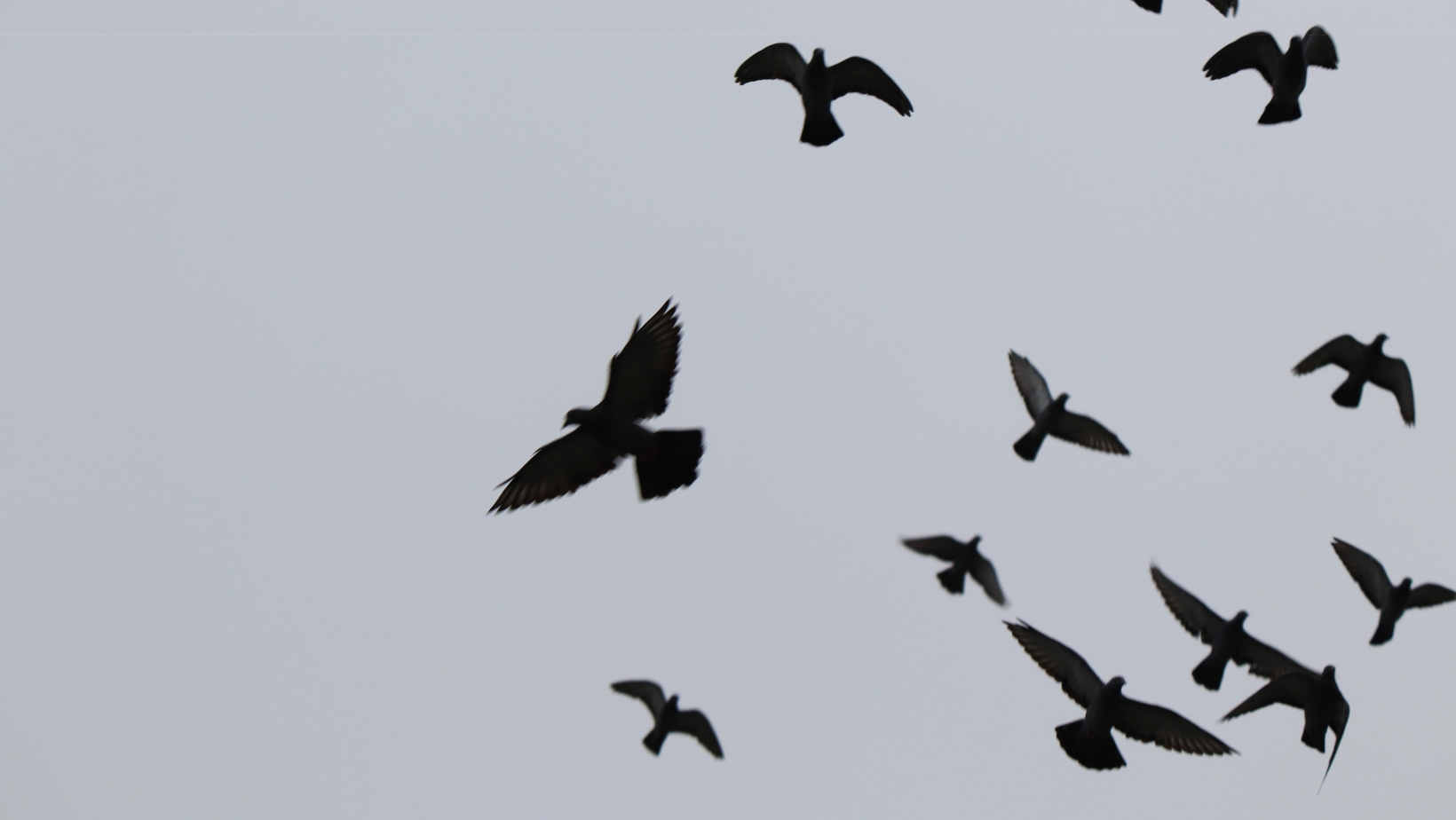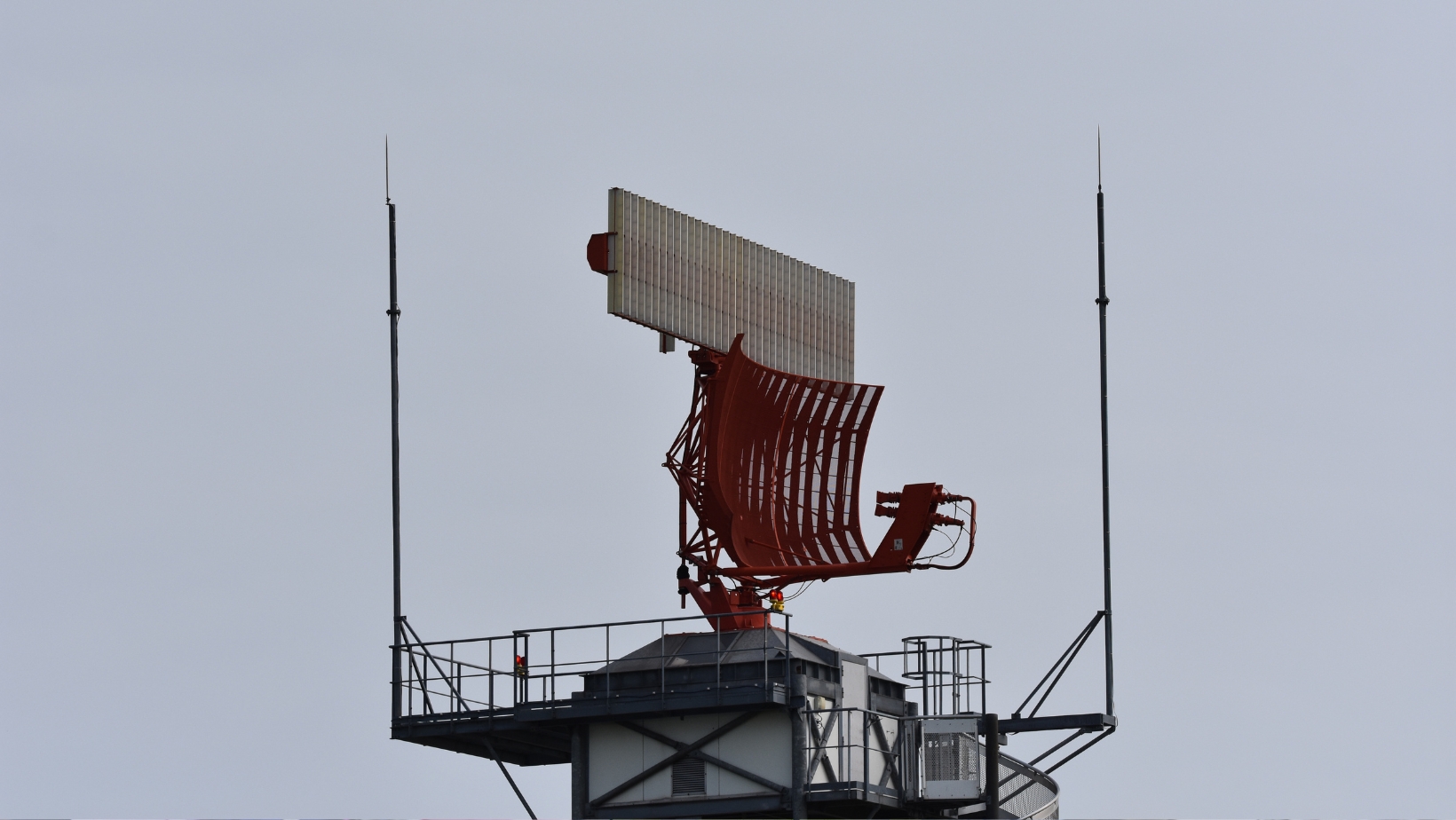Bird strikes pose a serious safety risk to aircraft and can cause millions of dollars in damage each year, making it crucial for airports to have effective prevention systems. How do bird detection radar systems help protect aircraft from strikes?
Bird detection radar systems use specialized radar technology to track bird movements near airports in real time. They allow air traffic controllers to warn pilots and adjust flight paths when large flocks are detected, reducing collision risks by up to 70%.
While this basic explanation covers the core function of these systems, there’s much more to understand about how they work in conjunction with other bird strike prevention methods and what happens when they detect potential threats – information that could be vital for anyone involved in aviation safety or airport operations.
How Do Bird Detection Radar Systems Work With Other Prevention Methods?
Modern airports employ a multi-layered approach to bird strike prevention. While radar systems provide early warning detection, they work with other methods such as habitat modification, sonic deterrents, and wildlife management programs. The radar data helps wildlife control teams determine where to focus their efforts and when to deploy specific deterrent measures.
For example, when radar detects a large flock approaching, airports might activate propane cannons in that area while simultaneously alerting ground crews to monitor the situation. This coordinated response is far more effective than using any single method alone.
What Happens When Bird Radar Systems Detect A Potential Threat?
When radar systems identify bird activity, a precise sequence of events unfolds. First, the system’s software analyzes the birds’ size, speed, and direction to assess the threat level. If the threat exceeds predetermined thresholds, automated alerts are sent to air traffic controllers and wildlife management personnel.

Controllers can then make real-time decisions about whether to delay takeoffs, adjust flight paths, or warn pilots about specific areas to avoid. Meanwhile, ground crews can be dispatched to the affected areas to implement immediate deterrent measures.
What Are The Limitations Of Bird Detection Radar Systems?
Despite their effectiveness, these systems could be better. Small birds can be difficult to detect, especially in poor weather conditions or when flying at low altitudes. The radar’s range is also limited, typically covering only the immediate airport vicinity and approach/departure corridors.
Cost is another significant limitation, as these systems can require substantial initial investment and ongoing maintenance. Some smaller airports may need help to justify the expense, even though the potential benefits of safety and damage prevention are considerable.
What Role Does Artificial Intelligence Play In Modern Bird Detection Systems?
Recent advances in AI have dramatically improved the capability of bird detection radar systems. Machine learning algorithms can now distinguish between different types of birds and even predict their behavior patterns based on historical data. This enhanced intelligence allows airports to develop more targeted and proactive prevention strategies.
The AI components can also filter out false positives caused by rain, insects, or other airborne objects, making the system more reliable. Some advanced systems can even learn from past incidents to improve their prediction accuracy over time, making them increasingly valuable tools for aviation safety.
How Cost-Effective Are Bird Detection Radar Systems In The Long Run?
While the initial investment in bird detection radar systems can be substantial, the long-term financial benefits often justify the expense. A single incident of bird strike damage can cost an airline hundreds of thousands of dollars in repairs, not to mention the potential revenue loss from grounded aircraft and schedule disruptions.

Studies have shown that airports implementing these systems typically significantly reduce bird strike incidents within the first year. The return on investment can be substantial when considering the potential costs of aircraft damage, flight delays, and potential liability issues. Additionally, many insurance companies now offer reduced premiums to airports implementing comprehensive bird detection systems, providing further financial incentives.
Conclusion
The next step for those involved in airport operations or aviation management is to evaluate your current bird strike prevention measures against the comprehensive systems described here. If you haven’t already, schedule a consultation with a bird detection radar system provider to assess how this technology could complement your existing safety protocols and potentially reduce wildlife-related incidents at your facility.



